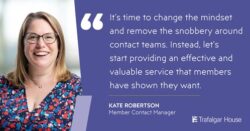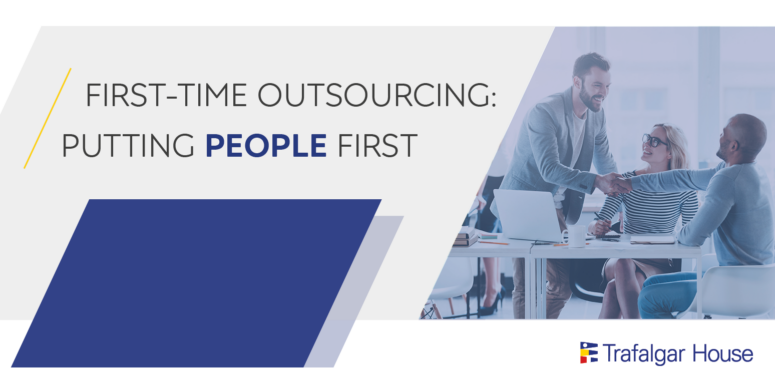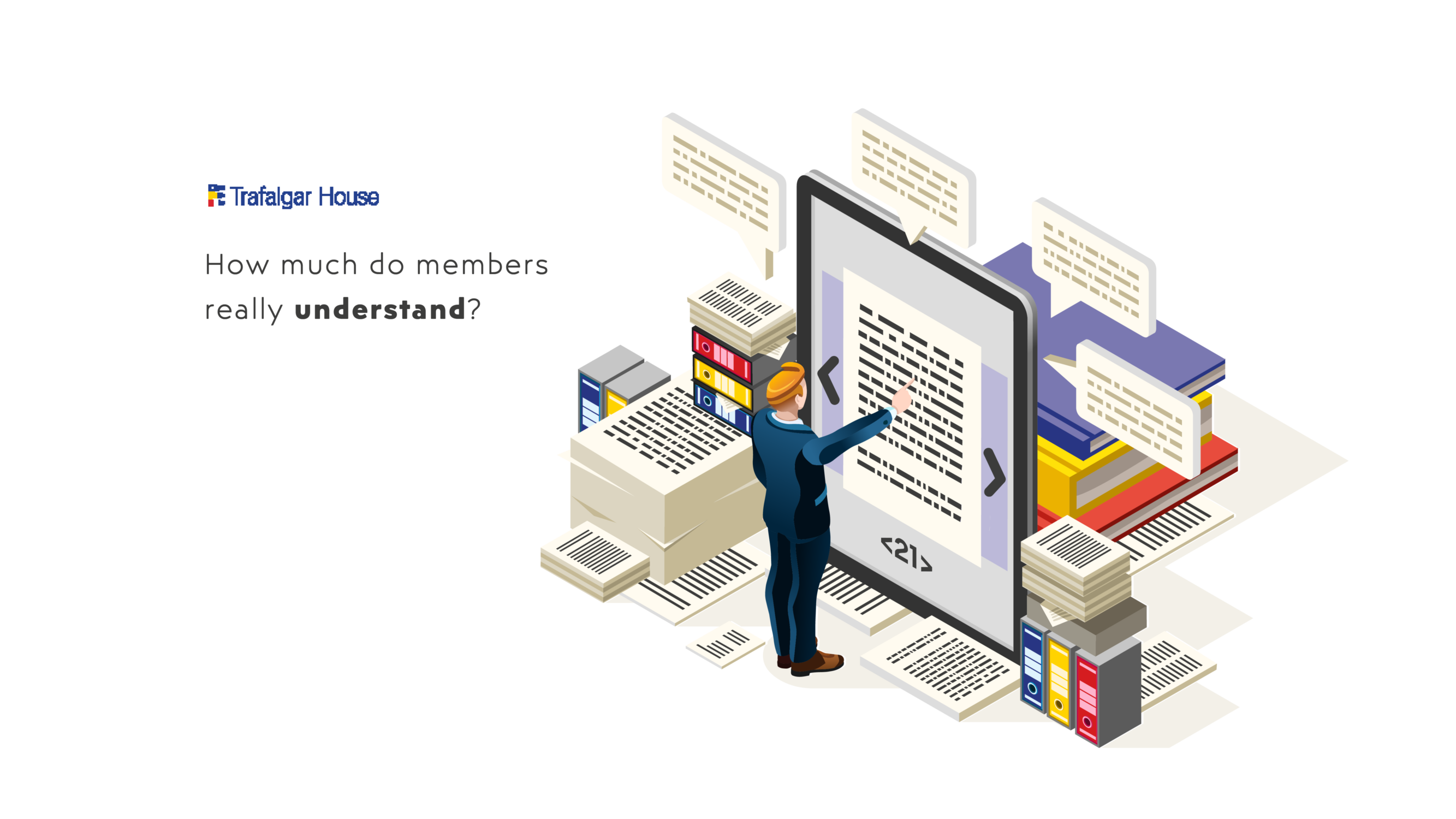Why is eAdministration still not a reality?


It’s perfectly possible for the pensions administration industry to deliver full eAdministration services to schemes, so why isn’t it more commonplace? Shifting from outdated manual processes to technology-led services now feels like a baseline requirement for an industry that needs to reduce risk, increase capacity and enhance the member experience.
The eAdministration journey hasn’t been simple for many schemes and it isn’t just poor historical data acting as a barrier. Efforts have been hampered by a lack of appetite to invest, misconceptions about member demand and a perception that online services are a nice-to-have, not a necessity. Dashboards, however, are about to radically change the landscape. Every single pension scheme now has a fixed implementation deadline that demands attention – they all need to plan how they will embark on their eAdministration journey.
Join us as we look at member attitudes towards eAdministration, share some insight on how to assess demand, cost and strategy in relation to solutions, and provide guidance for those just starting out on their eAdministration journey.
Do members want eAdmin?Firstly, it’s important to understand member demand for a more technology-led service. As with any service, it’s better to ask what customers want rather than assume you already know. Fortunately, we’ve already asked members their thoughts on a range of technology-focused topics.
In our latest Trust & Confidence Index, released in February, our research identified that trust in online pension communications, despite being in its relative infancy, was comparable with the more established methods of face-to-face and postal interactions. 90% of members said they trusted online methods a little or a lot, compared with 91% for information by post and 92% for face-to-face guidance. The Index also found that 77% believed a self-service website for their scheme was fairly or very important. Speed and accuracy, which is enhanced by switching to digital methods, were rated as the most important requirements.
In further support of member demand, our 2019 research into ‘Paperless Pensions’ showed that 76% of the more than 2,000 members surveyed were willing to go paperless for their pension communications – including 87% of under 35’s. Whilst fewer members said they actually use their scheme portals, the research uncovered that a significant proportion of these members were unsure how to, wanted support with the registration process, or were not provided with any online option by their scheme. These are all eminently solvable and would help a substantial group of members to engage digitally.
Make a commitment to eAdmin
The first steps towards an eAdministration solution can be the hardest to take. We have noticed that smaller schemes in particular can be reticent to commit financially to a technology-led service, and others on a long-term path to buyout can also be hesitant in making short-term investments that focus on long-term improvements.
For many, eAdministration is understood purely as delivering self-service member websites. The investment needed to achieve that outcome is simply out of reach for most small and medium sized schemes. eAdministration should be understood as a spectrum, not a single service outcome or simply a website. All schemes need to start with the basics; understanding where their data is, how it is managed and on what systems (if any) it is implemented. On average, we find around 30% of the pension schemes we start working with have not fully digitised their records – with microfiche and paper files still being used to record at least some of their data.
For schemes that are further along their journey, there are very low cost or nil-cost entry-level solutions for a digital service that schemes can leverage. Most schemes should be able to access several useful online tools such as basic communications, query resolution and member record management – all of which can be implemented at very little cost. Once launched, the solutions can be used as a baseline to build demand among the membership for more technology and self-service options.
Return on investment
Moving to the next stage of eAdministration will typically mean adding calculation automation. This is where much of the cost of the technology-led solution comes in but committing to these tools could mean taking advantage of unexplored commercial structures that support the investment decision.
It’s true that properly implementing calculation automation, especially for complex schemes, can be expensive. When schemes change administrator and go through an implementation process, returns on calculation automation are forecast over many years meaning they can be heavily subsidised in the short-term by the new administrator.
But, for schemes wanting to build on what they’ve got without changing providers, there are options to share the benefits calculation automation brings through cost plus commercial models. Opening discussions with your administrator to explore what up-front investment might be required to reduce long-term operational costs is a good way to understand the business case for shared returns on eAdministration investment.
Understand the options
As with many elements of a scheme and member service, no one size fits all. It’s important that schemes are not sold a package of technology they don’t need and can’t fully implement, but also that they don’t avoid technology entirely. Working alongside experienced, specialist administrators to consider the different digital options– and how and why they would benefit the scheme and members – is key to creating a strategy that will last.
Part of this is the journey plan and make-up of the scheme. Are there barriers to adoption relating to commercial agreements, de-risking targets or simply a requirement for members to interact with the scheme by more traditional methods?
If hesitancy to make a change can be overcome, then schemes and members alike can benefit from an administration service that fits the digital world we live in. An effective eAdministration service can make dramatic long-term improvements to costs, timescales, capabilities and capacity, as well as member engagement, understanding and outcomes.
Act early
Dashboard readiness has started the eAdministration countdown. Schemes that have lacked the will or justification for investing in eAdministration will need to take action to make sure they can comply with Dashboard requirements. Starting on the eAdministration journey early will make things easier and will reduce costs. But engagement and an acceptance that investment will be needed is essential. For those savvy enough to structure work in a broader eAdministration efficiency framework, the benefits could be long-term and lasting. For others, this could just be an expensive blind alley that offers little or no benefit to member or administrator.
The key will be acting early and accepting that lasting change, doesn’t come for free in the short-term.
Shelly Macnab is Head of Service Delivery at Trafalgar House


